Home>Gardening & Outdoor>Outdoor Recreation & Activities>How To Dive In A Swimming Pool
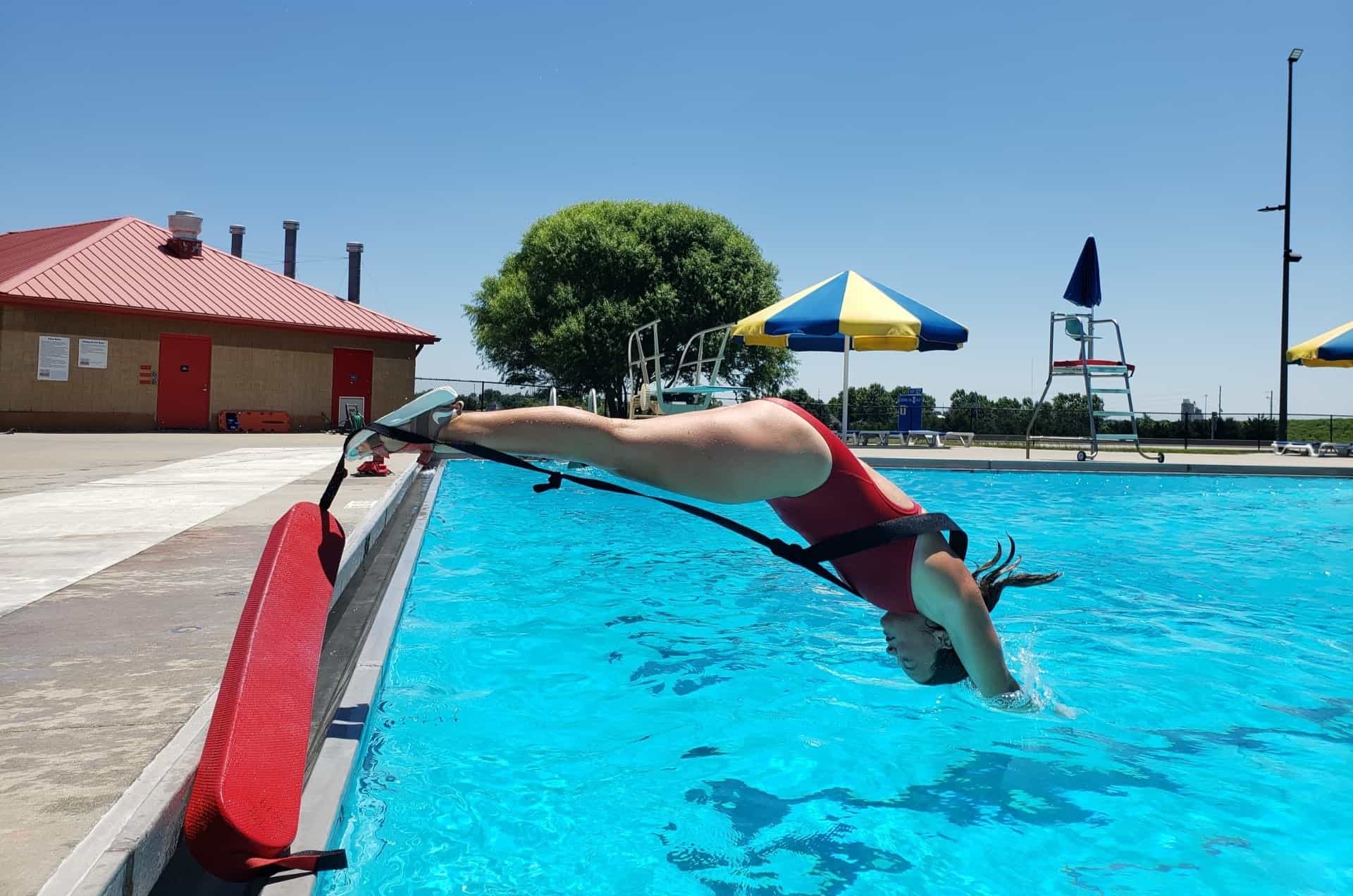

Outdoor Recreation & Activities
How To Dive In A Swimming Pool
Published: February 17, 2024
Learn the best techniques for diving in a swimming pool and make the most of your outdoor recreation and activities. Master the art of diving safely and confidently.
(Many of the links in this article redirect to a specific reviewed product. Your purchase of these products through affiliate links helps to generate commission for Storables.com, at no extra cost. Learn more)
Choosing the Right Swimming Pool
When it comes to diving into a swimming pool, choosing the right pool is crucial for a safe and enjoyable experience. Here are some key factors to consider when selecting the perfect swimming pool for your diving adventure:
-
Depth: The depth of the pool is a critical consideration for diving. Look for a pool with a deep end that provides sufficient water depth for diving safely. The recommended depth for diving is at least 9 feet to accommodate a dive without the risk of hitting the bottom.
-
Clear Water: Opt for a swimming pool with clear and clean water. Good visibility is essential for assessing the depth and ensuring there are no obstructions or hazards in the water that could pose a risk during the dive.
-
Proper Markings: A well-maintained swimming pool should have clear markings indicating the shallow and deep ends, as well as any diving restrictions. These markings help divers gauge their approach and ensure they dive in the appropriate area of the pool.
-
Diving Board or Platform: If you prefer diving from a board or platform, choose a pool equipped with a sturdy and well-maintained diving board or platform. Ensure that it is securely anchored and meets safety standards to support your dive.
-
Pool Rules and Regulations: Familiarize yourself with the pool's rules and regulations regarding diving. Some pools may have specific guidelines or restrictions for diving activities to ensure the safety of all swimmers.
-
Accessibility and Amenities: Consider the accessibility of the pool and the availability of amenities such as lifeguards, first aid kits, and safety equipment. These factors contribute to a safer diving environment.
-
Surroundings: Assess the surroundings of the pool, including the layout of the pool area and the presence of any obstacles or hazards. A well-organized and hazard-free pool environment enhances the overall safety of the diving experience.
By carefully considering these factors, you can select a swimming pool that provides an ideal setting for a safe and exhilarating diving experience. Remember, safety should always be the top priority when choosing a swimming pool for diving.
Key Takeaways:
- Choose a swimming pool with at least 9 feet depth, clear water, proper markings, and safety equipment for a safe and enjoyable diving experience.
- Mental preparation, warm-up, proper attire, and controlled breathing are essential for a successful and graceful dive into a swimming pool.
Read more: How To Cover A Swimming Pool
Preparing for the Dive
Before taking the plunge into the refreshing waters of a swimming pool, proper preparation is essential to ensure a safe and enjoyable diving experience. From mental readiness to physical techniques, here's a comprehensive guide to preparing for the dive:
Mental Preparation
Diving into a swimming pool requires a focused and composed mindset. Visualize the dive in your mind, envisioning a smooth and controlled descent into the water. Mentally rehearse the movements and the feeling of the dive to build confidence and reduce anxiety.
Warm-Up and Stretching
Engage in light warm-up exercises to prepare your body for the physical demands of diving. Perform gentle stretches to loosen your muscles, paying particular attention to the legs, back, and arms. This helps prevent muscle strain and enhances flexibility, crucial for executing a graceful dive.
Proper Attire
Wear appropriate swimwear that allows for unrestricted movement. Tight-fitting swimwear or loose clothing can impede your dive and pose safety risks. Additionally, ensure that your swim goggles are securely in place to maintain clear vision underwater.
Read more: How To Empty A Swimming Pool
Body Positioning and Alignment
Stand at the edge of the pool, ensuring proper body positioning and alignment. Keep your feet shoulder-width apart, with your toes gripping the edge for stability. Maintain a straight posture, and focus on a fixed point in the water to guide your trajectory during the dive.
Controlled Breathing
Practice controlled breathing to regulate your heart rate and oxygen intake. Take deep breaths to oxygenate your muscles and calm any pre-dive jitters. Controlled breathing also helps maintain composure and focus as you prepare to execute the dive.
Mental Focus
As you prepare to dive, concentrate on maintaining a calm and composed demeanor. Clear your mind of distractions and focus on the task at hand. Visualize the successful execution of the dive, reinforcing a positive and confident mindset.
Confidence Building
Embrace a positive and confident attitude as you approach the dive. Remind yourself of your capabilities and previous successful dives. Confidence plays a pivotal role in executing a well-controlled and graceful dive.
By diligently preparing for the dive both mentally and physically, you can enhance your readiness and set the stage for a successful and exhilarating diving experience. Remember, thorough preparation is the key to a safe and enjoyable dive into the inviting waters of a swimming pool.
Read more: How To Draw A Swimming Pool
Executing the Dive
Executing a flawless dive into a swimming pool is a thrilling and graceful maneuver that requires precision, technique, and confidence. As you stand poised at the edge of the pool, ready to embrace the exhilarating plunge, it's essential to focus on the key elements that contribute to a successful dive. Here's a detailed guide on executing the dive with finesse and poise:
Approach and Positioning
As you prepare for the dive, approach the edge of the pool with deliberate and confident strides. Stand tall with your feet shoulder-width apart, ensuring a stable and balanced stance. Position yourself at the edge, aligning your body parallel to the water's surface. Engage your core muscles to maintain stability and control.
Arm Placement
Initiate the dive by raising your arms above your head in a streamlined position. Your hands should be clasped together, with your biceps positioned near your ears. This streamlined arm placement minimizes resistance and enhances the fluidity of the dive, allowing for a seamless entry into the water.
Controlled Descent
With your arms extended overhead, take a deep breath and maintain a composed demeanor. Lean forward from the edge of the pool, leading with your upper body while keeping your head aligned with your arms. Gradually shift your weight forward, initiating a controlled descent into the water. Focus on maintaining a streamlined body position to minimize drag and optimize your trajectory.
Read more: How To Paint A Swimming Pool
Entry and Extension
As you descend into the water, aim for a smooth and seamless entry. Extend your body to its full length, keeping your legs together and toes pointed. Your entry should be clean and without excessive splashing, indicating a well-executed dive. Emphasize a gentle and fluid penetration of the water, allowing for a graceful transition from air to water.
Resurfacing and Recovery
Upon entering the water, maintain a streamlined posture as you descend to the desired depth. Once submerged, execute a swift and efficient resurfacing by propelling yourself upward with strong leg movements. Break the surface with controlled momentum, and transition into a smooth swimming stroke to propel yourself forward.
Confidence and Composure
Throughout the entire dive, exude confidence and composure. Maintain a focused and unwavering mindset, visualizing the successful execution of the dive. Embrace the sensation of weightlessness as you gracefully navigate through the water, embodying the artistry and precision of a well-executed dive.
By meticulously adhering to these fundamental principles and techniques, you can execute a captivating and flawless dive into the inviting waters of a swimming pool. Embrace the exhilaration of the dive, and revel in the seamless fusion of technique, grace, and confidence as you embark on this aquatic adventure.
Safety Tips for Diving
Diving into a swimming pool is an exhilarating activity, but it's essential to prioritize safety to ensure a risk-free and enjoyable experience. Here are crucial safety tips to consider before taking the plunge:
-
Assess Water Depth: Before diving, always verify the water depth to ensure it meets the recommended standards for safe diving. The water should be at least 9 feet deep to minimize the risk of injury from hitting the bottom.
-
Inspect the Landing Area: Prior to diving, carefully examine the landing area to ensure it is free of obstructions, debris, or other swimmers. A clear and unobstructed landing zone is essential for a safe dive.
-
Follow Pool Rules: Adhere to the pool's rules and regulations regarding diving. Some pools may have specific guidelines, such as restricted diving areas or rules related to diving equipment usage. Compliance with these rules is crucial for overall safety.
-
Avoid Diving in Shallow Water: Refrain from diving in shallow areas of the pool, especially if the water depth is insufficient for a safe dive. Diving in shallow water poses a high risk of head and spinal injuries.
-
Never Dive Alone: It's advisable to dive with a buddy or in the presence of a lifeguard. Having a companion nearby enhances safety, as they can provide assistance in the event of an emergency.
-
Check for Proper Pool Maintenance: Ensure that the pool is well-maintained, with clear markings indicating the shallow and deep ends. Additionally, verify the condition of the diving board or platform to guarantee its stability and safety.
-
Avoid Risky Maneuvers: Refrain from attempting acrobatic or risky diving maneuvers, especially if you are not trained or experienced in performing such techniques. Stick to controlled and safe diving practices.
-
Stay Cautious After Diving: After resurfacing from a dive, maintain awareness of your surroundings and other swimmers. Clear the landing area promptly to prevent collisions with other divers.
-
Stay Hydrated: Proper hydration is essential for overall well-being and muscle function. Ensure you are adequately hydrated before engaging in diving activities to prevent muscle cramps or fatigue.
-
Know Your Limits: Understand your diving capabilities and avoid attempting dives beyond your skill level. Gradually progress to more advanced dives as you gain experience and confidence.
By adhering to these safety tips, you can mitigate potential risks and create a secure environment for diving into the refreshing waters of a swimming pool. Prioritizing safety not only safeguards your well-being but also enhances the overall enjoyment of the diving experience.
Read more: How To Design A Swimming Pool
Common Mistakes to Avoid
Diving into a swimming pool is an exhilarating activity that demands precision, technique, and mindfulness. However, certain common mistakes can compromise the safety and enjoyment of the diving experience. By being aware of these pitfalls, divers can enhance their skills and ensure a secure and gratifying aquatic adventure. Here are the key mistakes to avoid when diving into a swimming pool:
Improper Assessment of Water Depth
Misjudging the water depth before diving is a critical error that can lead to severe injuries. Failing to verify the depth of the pool, especially in the diving area, increases the risk of hitting the bottom with significant force. This can result in head, neck, or spinal injuries. It is imperative to always confirm that the water depth meets the recommended standards for safe diving, typically a minimum of 9 feet in the diving area.
Inadequate Body Positioning
Poor body positioning during the dive can compromise the overall execution and safety of the maneuver. Failing to maintain a streamlined posture and alignment can lead to increased water resistance, causing excessive splashing and a less graceful entry. It is essential to focus on proper body positioning, including keeping the body straight, arms extended overhead, and legs together with toes pointed. This minimizes drag and facilitates a smooth entry into the water.
Rushing the Dive
Impatience and haste can detract from the finesse and safety of a dive. Rushing the execution of the dive may result in a lack of mental preparedness, leading to an uncontrolled descent and entry. Taking the time to mentally rehearse the dive, perform warm-up exercises, and ensure proper positioning at the edge of the pool is crucial. Patience and composure contribute to a well-executed and safe dive.
Read more: How Long Is A Swimming Pool
Overestimating Diving Skills
Overestimating one's diving abilities and attempting advanced maneuvers beyond one's skill level can pose significant risks. Engaging in complex or acrobatic dives without adequate training and experience increases the likelihood of accidents and injuries. It is important to recognize personal limitations and gradually progress to more challenging dives as proficiency and confidence develop.
Ignoring Pool Rules and Guidelines
Disregarding the rules and guidelines specific to the swimming pool can compromise the safety of the diving experience. Each pool may have distinct regulations regarding diving areas, equipment usage, and diving techniques. Ignoring these guidelines can lead to hazardous situations and potential conflicts with other swimmers. Adhering to pool rules is essential for a secure and harmonious aquatic environment.
By avoiding these common mistakes, divers can elevate their diving proficiency, prioritize safety, and fully embrace the exhilaration of diving into the inviting waters of a swimming pool. Awareness of these pitfalls empowers divers to cultivate a disciplined and secure approach to diving, ensuring a rewarding and enjoyable aquatic experience.
Frequently Asked Questions about How To Dive In A Swimming Pool
Was this page helpful?
At Storables.com, we guarantee accurate and reliable information. Our content, validated by Expert Board Contributors, is crafted following stringent Editorial Policies. We're committed to providing you with well-researched, expert-backed insights for all your informational needs.
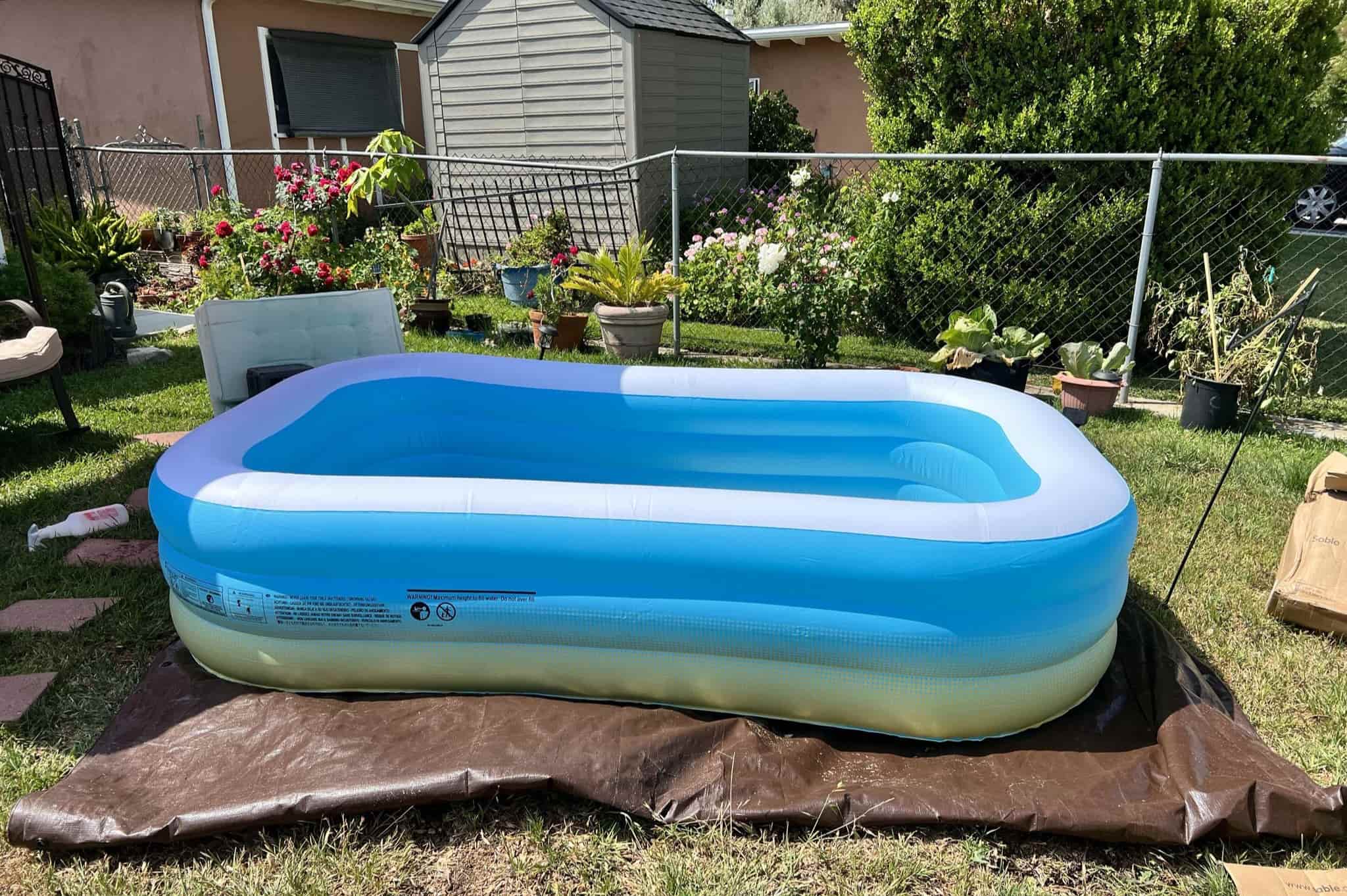
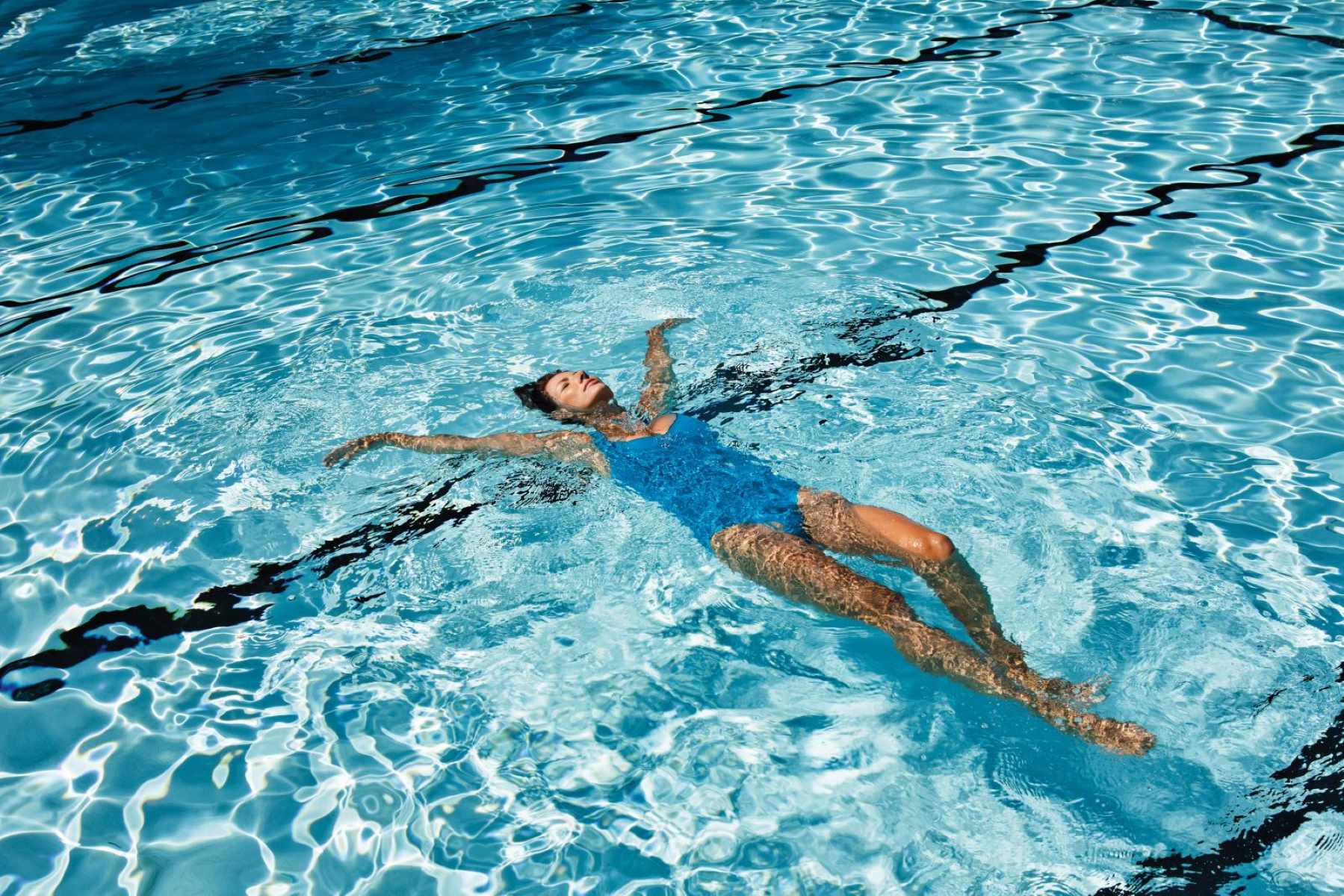
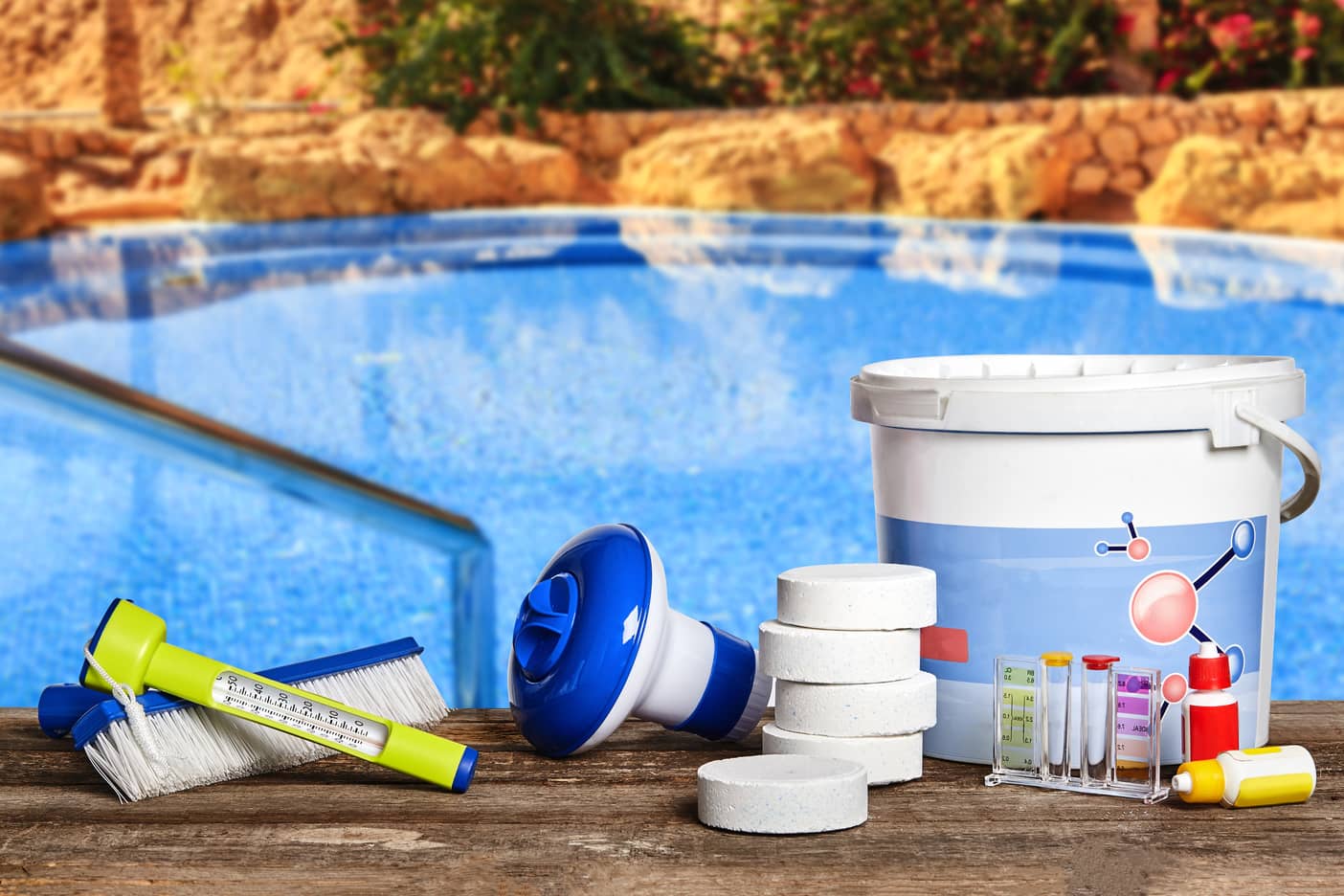
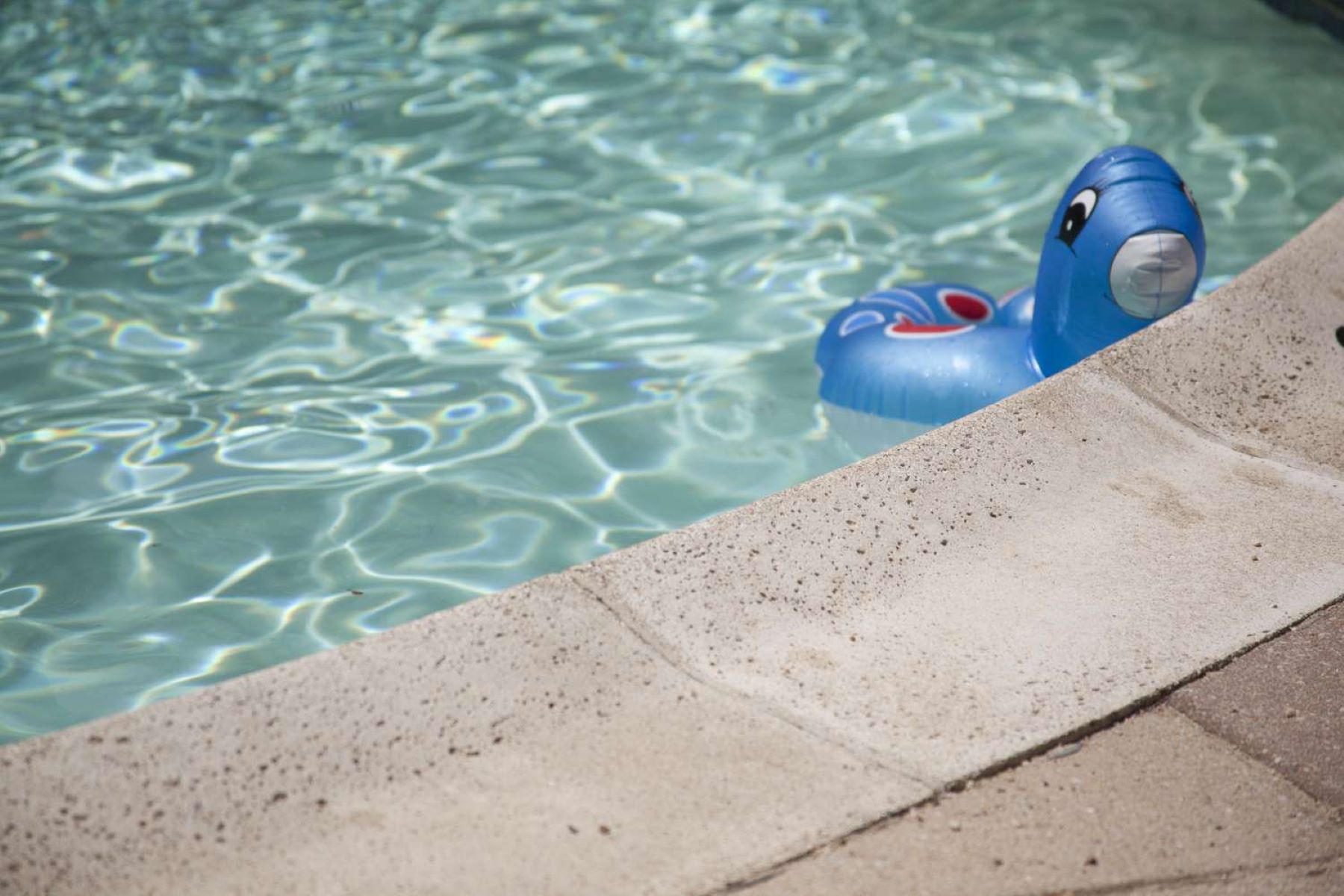

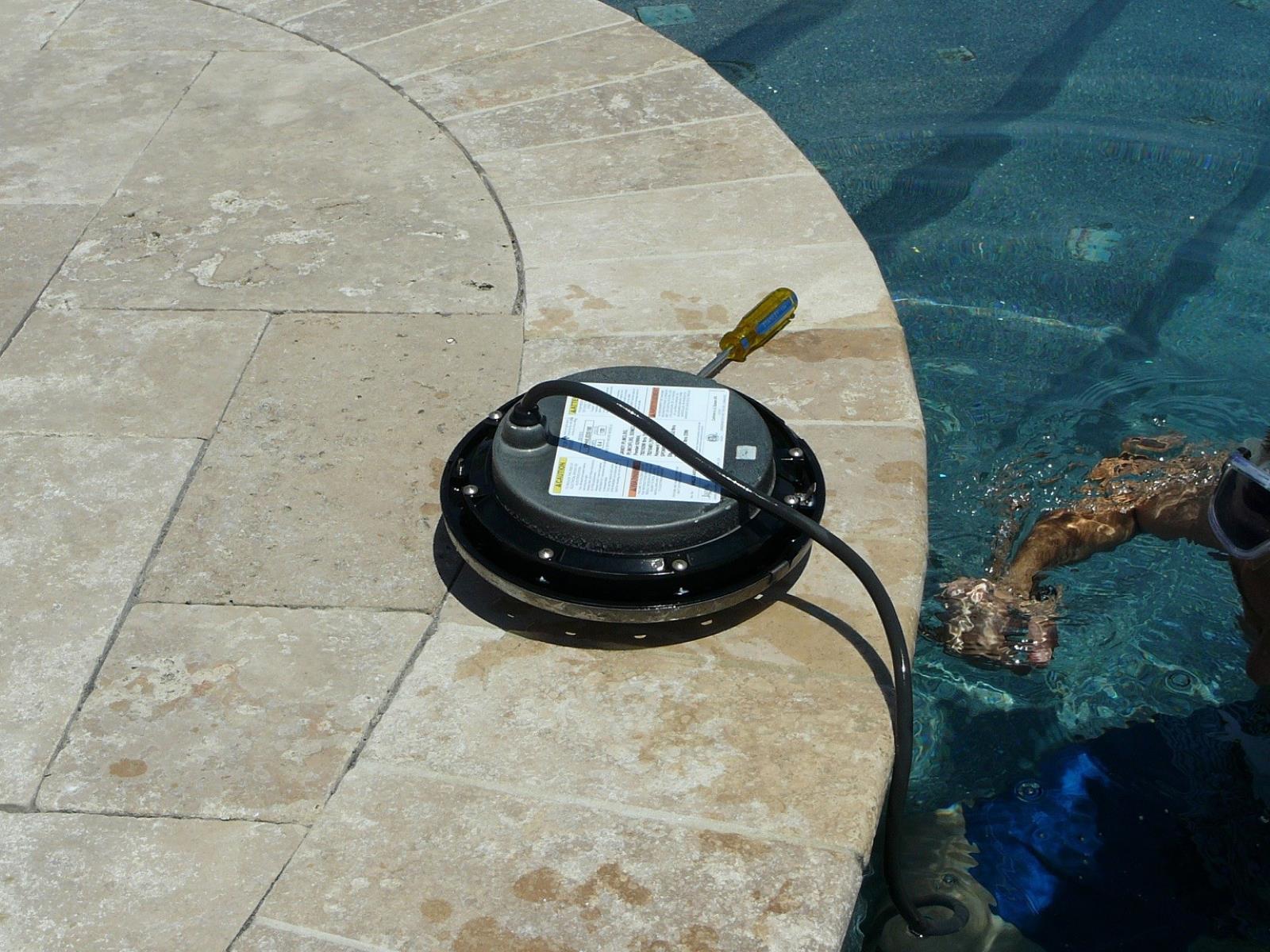
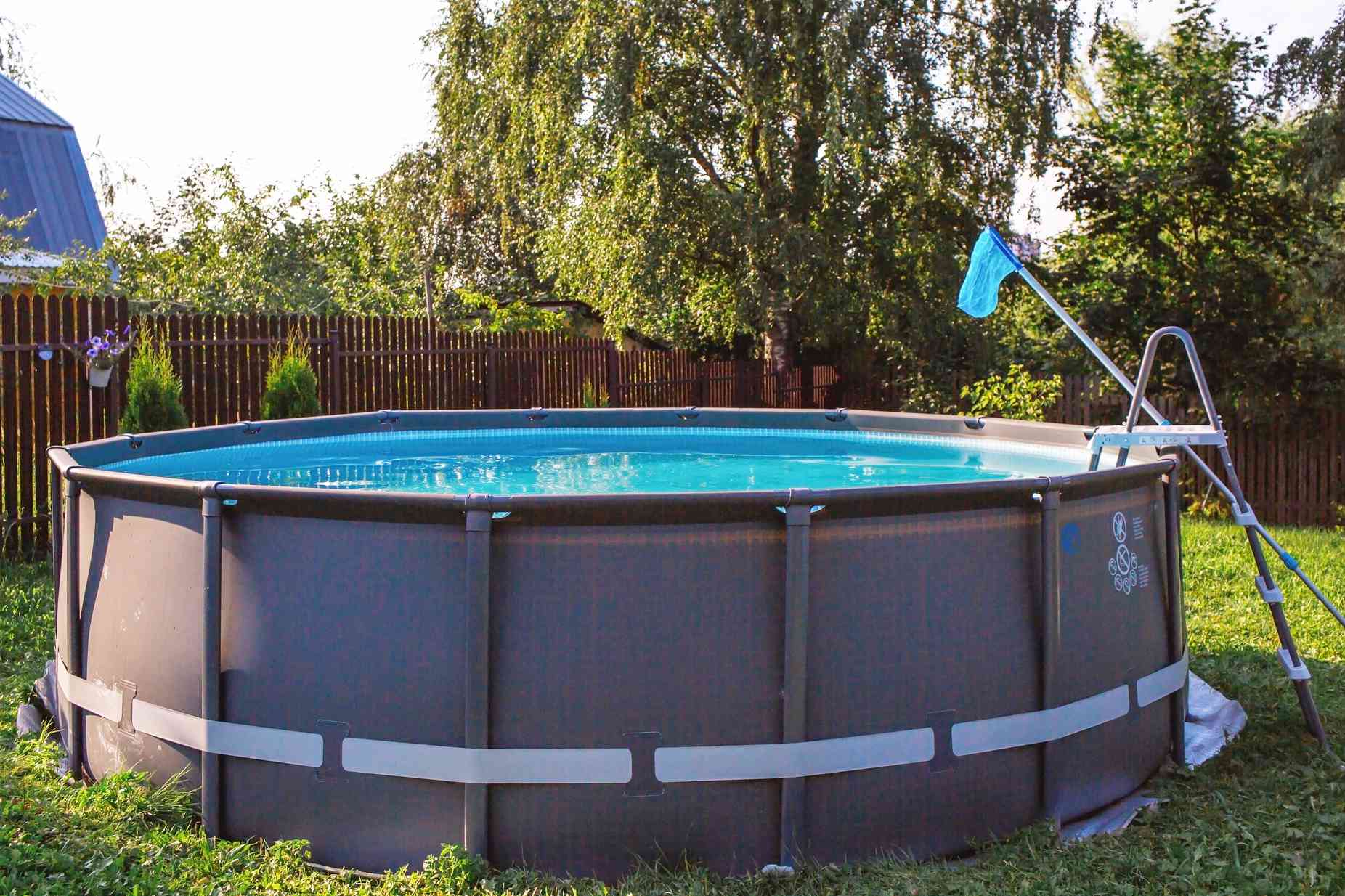
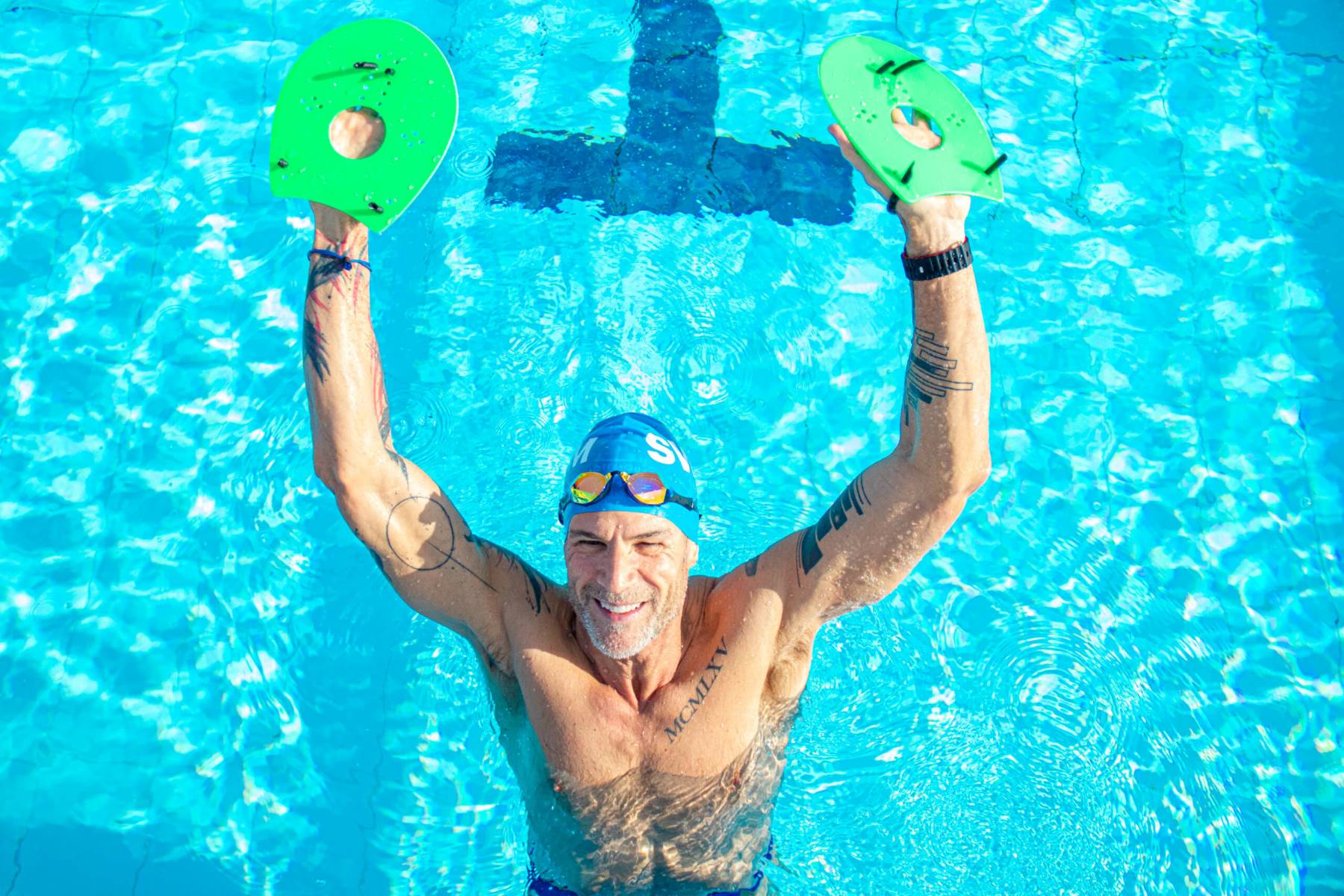
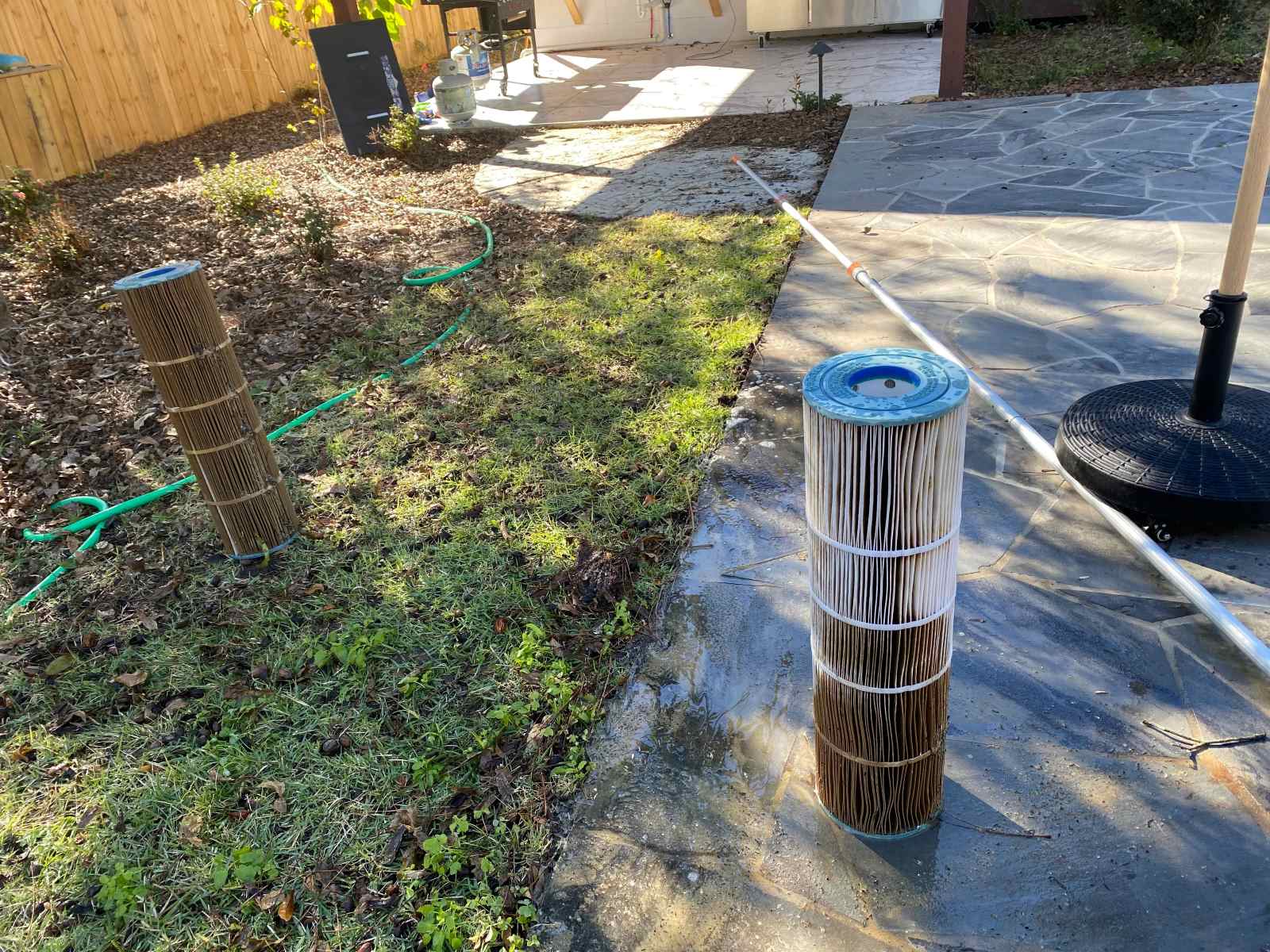
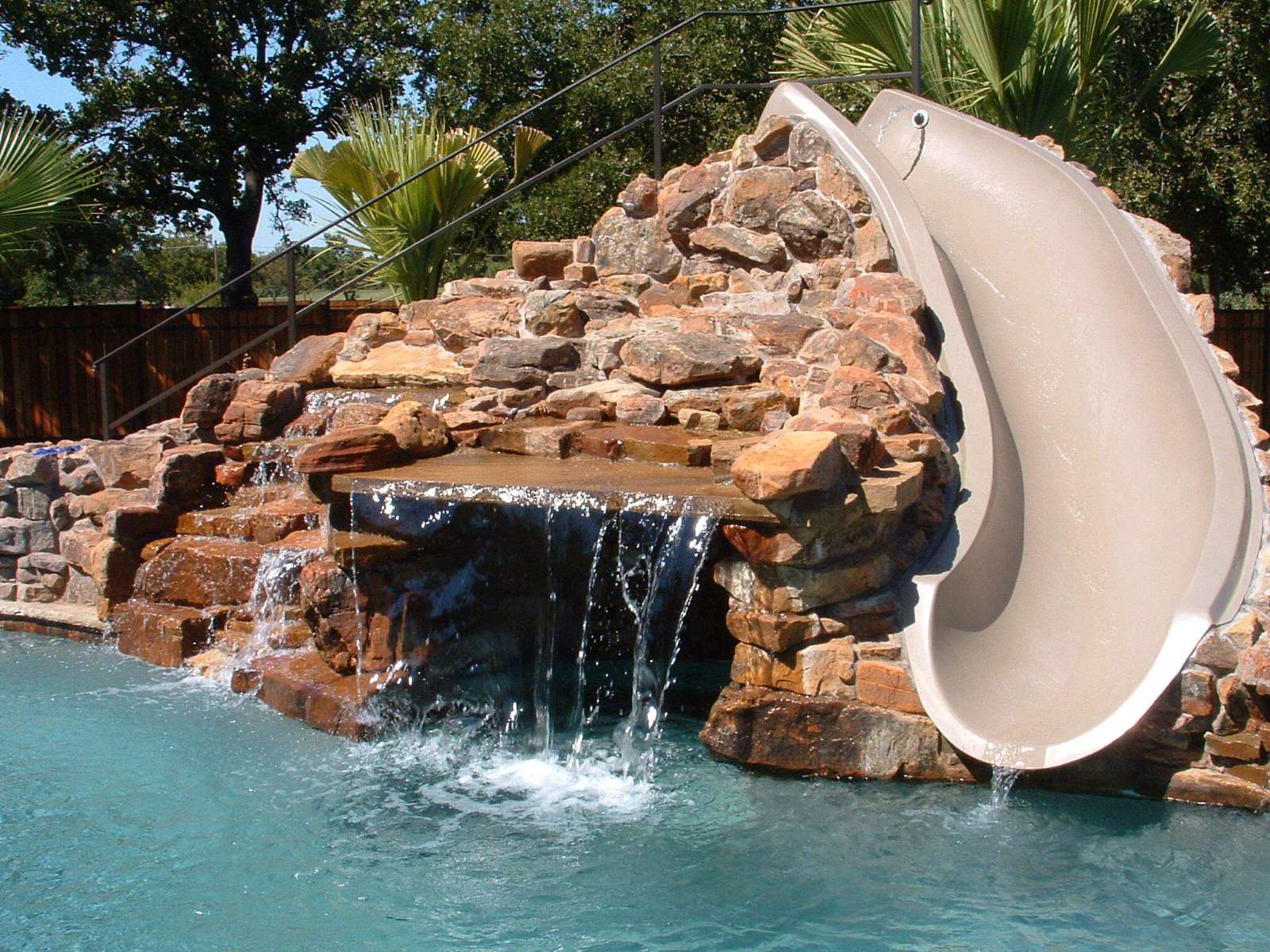

0 thoughts on “How To Dive In A Swimming Pool”